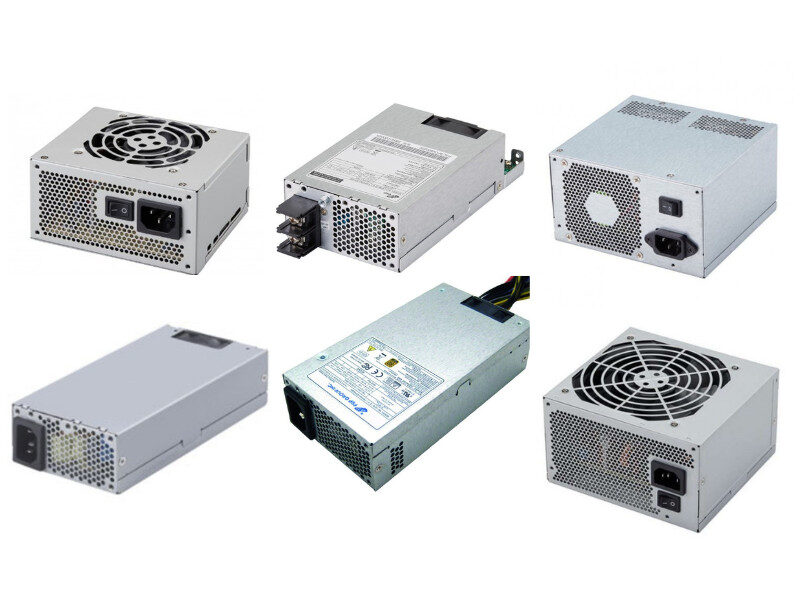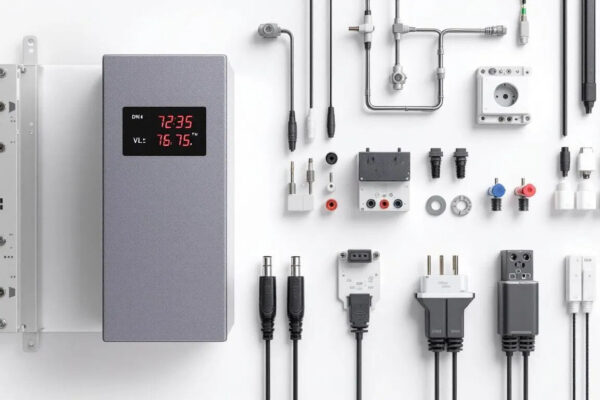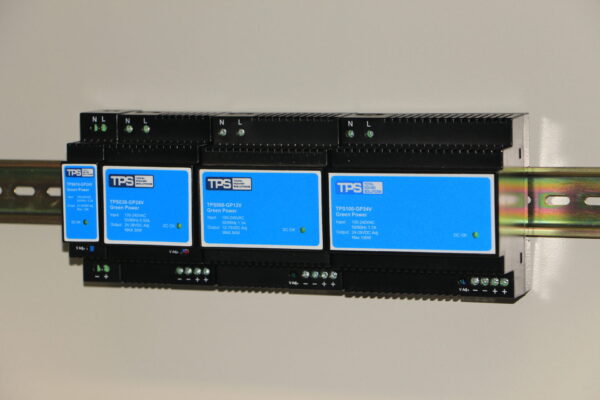Choosing the right ATX Power Supply Unit (PSU) is essential for stable performance, efficiency, and long component life. Whether you’re building a gaming setup, an industrial workstation, or a compact system, this guide highlights notable options for 2025 — covering different budgets, features, and form factors.
This article explains how to evaluate and select the right PSU for your build — from wattage requirements to the latest ATX 3.1 standards.
Explore our latest power supplies – efficient, quiet, and available now.
Key Takeaways
- 2025 PSUs focus on efficiency, reliability, and quiet operation, including hybrid fan modes and extended warranties.
- Knowing your wattage needs and efficiency ratings helps achieve optimal performance and lower energy costs.
- Trends: ATX 3.1 compliance, higher efficiency standards, and optional smart monitoring features.
How to Choose the Right ATX Power Supply
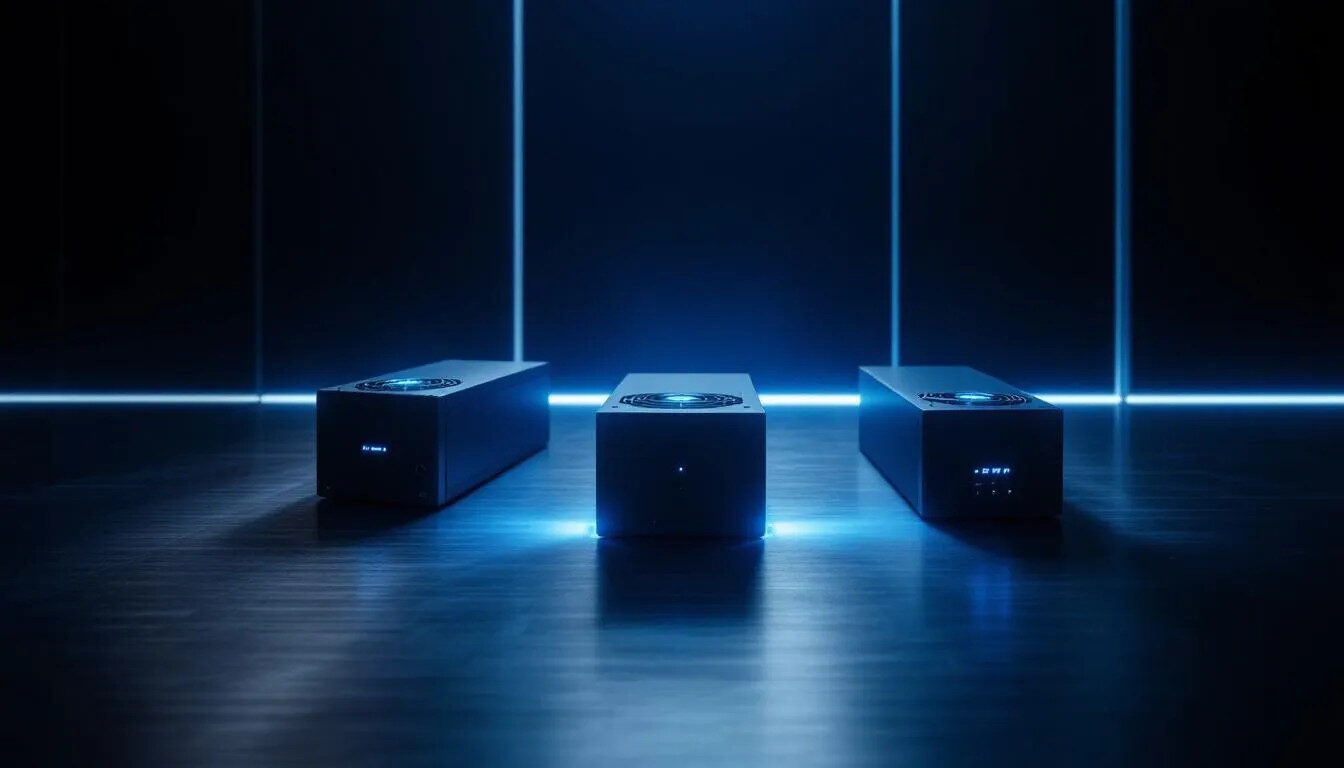
Before diving into individual models, it helps to understand what makes a good PSU.
Key criteria include:
- Wattage — Match output to your components’ power needs.
- Efficiency — Prefer certified, energy-efficient designs to reduce power loss and heat.
- Design & Modularity — Modular cabling simplifies airflow and cable management.
- Form Factor Compatibility — Ensure the PSU fits your case (ATX, Flex ATX, 1U/2U).
A well-chosen PSU improves stability and reliability while extending component lifespan. Once these basics are clear, you can start comparing models by budget and performance class.
Top ATX PC Power Supplies of 2025
Modern ATX PSUs combine strong electrical performance with high efficiency. Many models meet 80 PLUS Bronze or higher certification, reducing energy consumption and heat generation.
They typically feature:
- High-quality capacitors and components
- Quiet fans and long lifespans (often specified up to ~100,000 hours MTBF, per manufacturer data)
- Comprehensive protections (OCP, OTP, OVP, SCP)
- Competitive pricing across performance classes
These traits make them dependable choices for both personal and industrial applications.
Let’s see how PSUs perform across different price ranges and use cases.
Best Budget ATX Power Supply
For cost-conscious builds, the FSP350-50SAC offers a solid balance of affordability and efficiency.
With 350 W capacity, it supports most mainstream systems with a single GPU and a modern CPU — ideal for everyday or industrial setups on a budget.
Mid-Range ATX Power Supplies
If you’re aiming for more consistent performance, mid-range PSUs (350 W – 700 W) suit gaming PCs and workstations that need steady power delivery.
Examples include:
- FSP350-70PFL(SK) — optimized for stable, industrial-grade performance.
- FSP700-80PSA(SK) — 700 W for gaming or multi-peripheral systems.
These options deliver reliable, energy-efficient power without the high-end price tag — perfect for users seeking balanced performance and long-term dependability.
High-End ATX Power Supplies
For advanced or continuous-operation environments, high-end PSUs prioritize maximum stability and efficiency.
- FSP460-70PFL(SK) — 460 W 1U server PSU with certified energy-efficient design.
- FSP250-52FGB (24 V) — supports DC input (–18 V to –36 V) for factory automation.
- FSP400-50WCB — 2U rack-mount for medium-density servers.
- FSP500-50FDB — Flex ATX, 500 W, > 90 % efficiency for compact builds.
A premium unit can improve durability, power stability, and readiness for future upgrades.
Now that we’ve compared PSUs by performance tier, let’s look at how to size them correctly for your system.
Recommended ATX Power Supplies
A selection of models matching the performance tiers discussed in the guide.
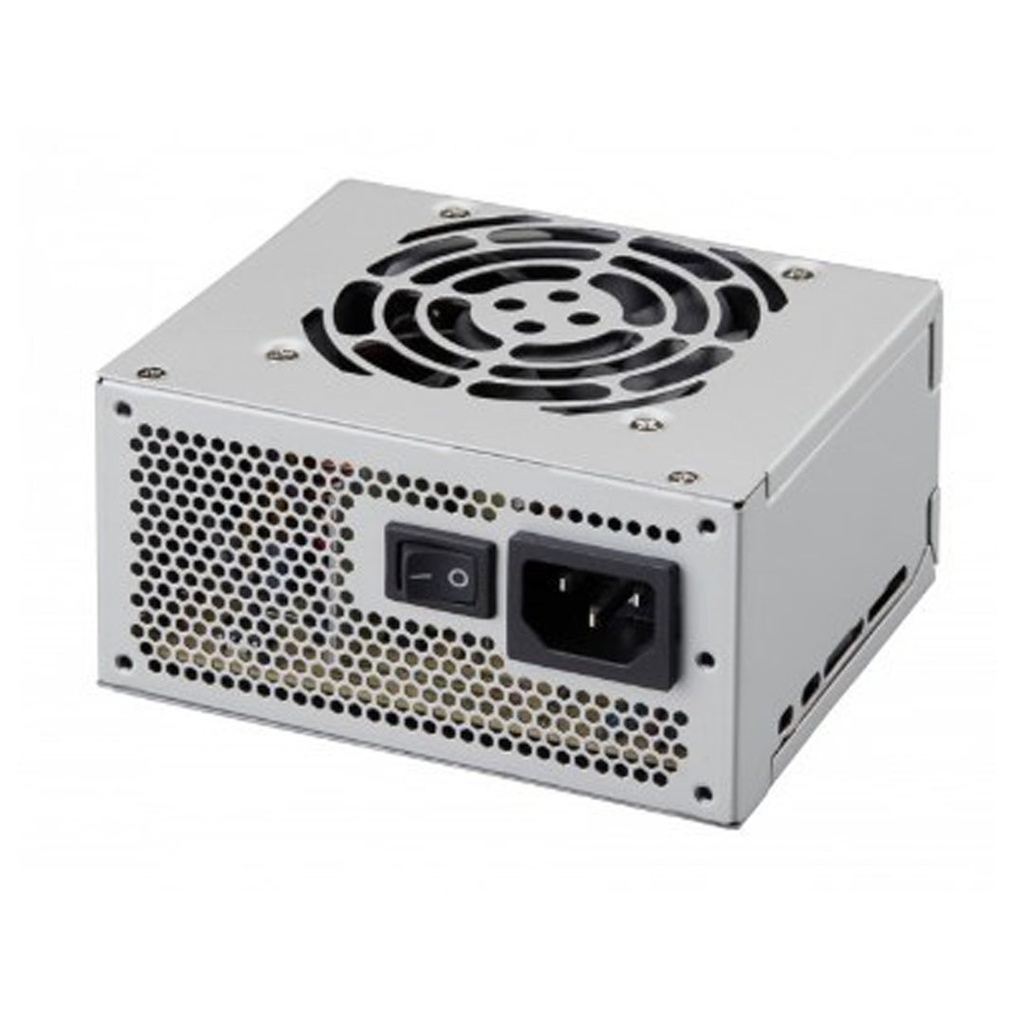
FSP350-50SAC – 350 W ATX
Budget tier · Single-GPU builds · Quiet operation
See product page for specifications.
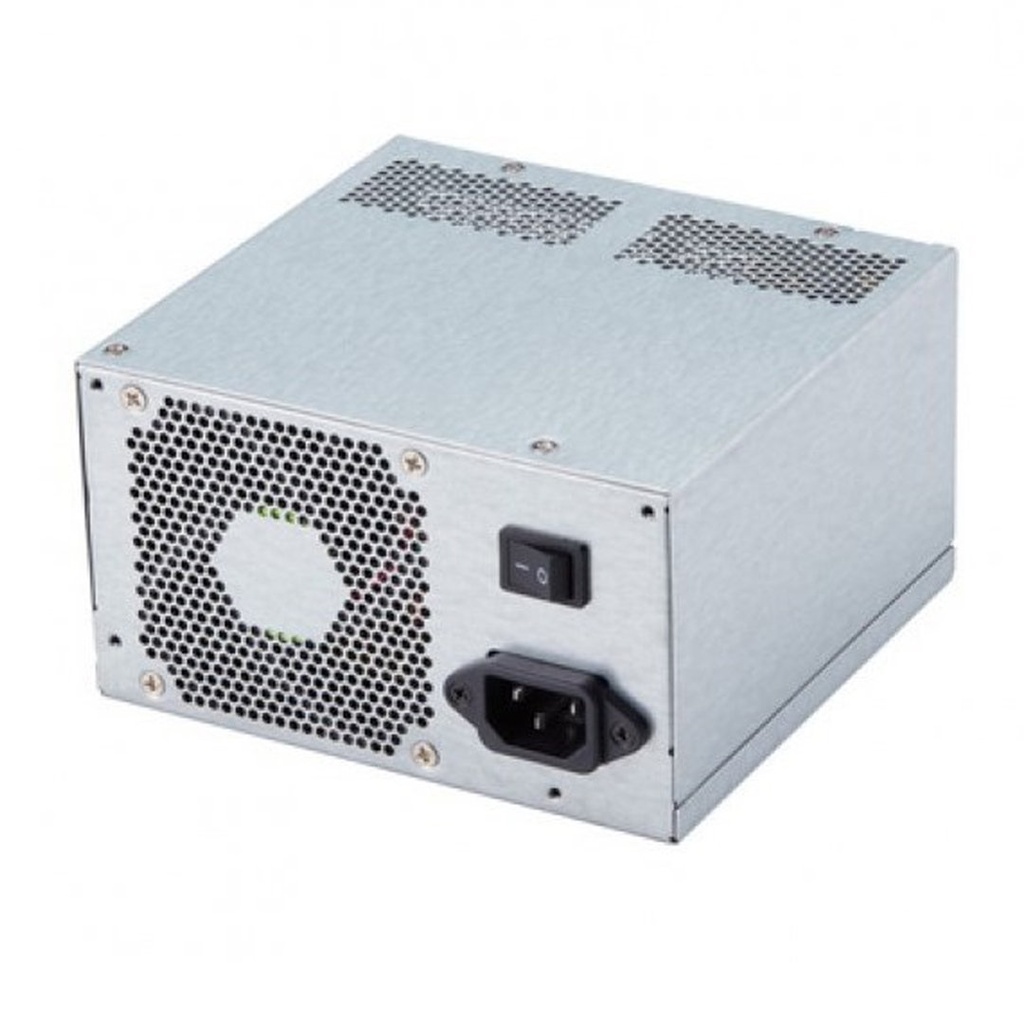
FSP700-80PSA(SK) – 700 W ATX
Gaming/workstation · More peripherals · Reliable delivery
Please verify connector compatibility.
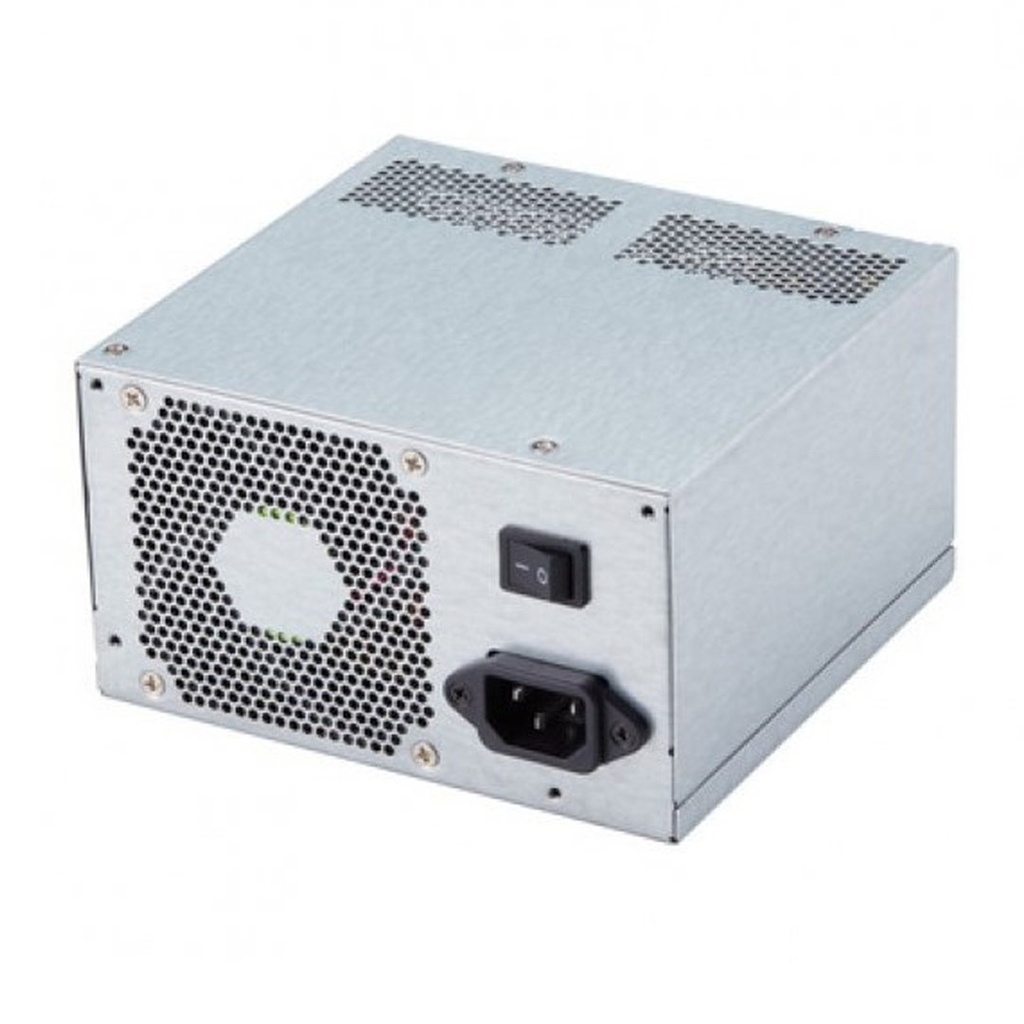
FSP600-80PSA(SK) – 600 W ATX
Balanced performance · All-round builds · Solid efficiency
Technical data on the product page.
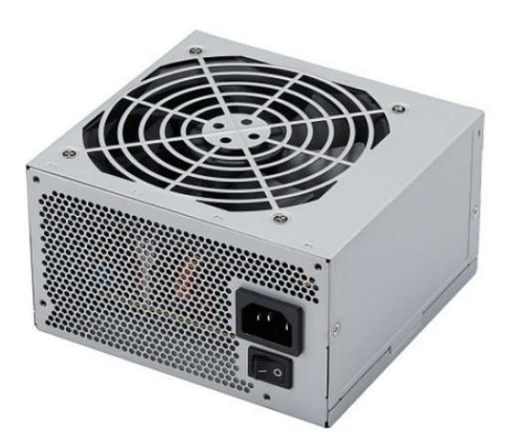
FSP500-50AAC – 500 W ATX
120 mm fan · Quiet operation · Solid base
Please review specifications on the product page.
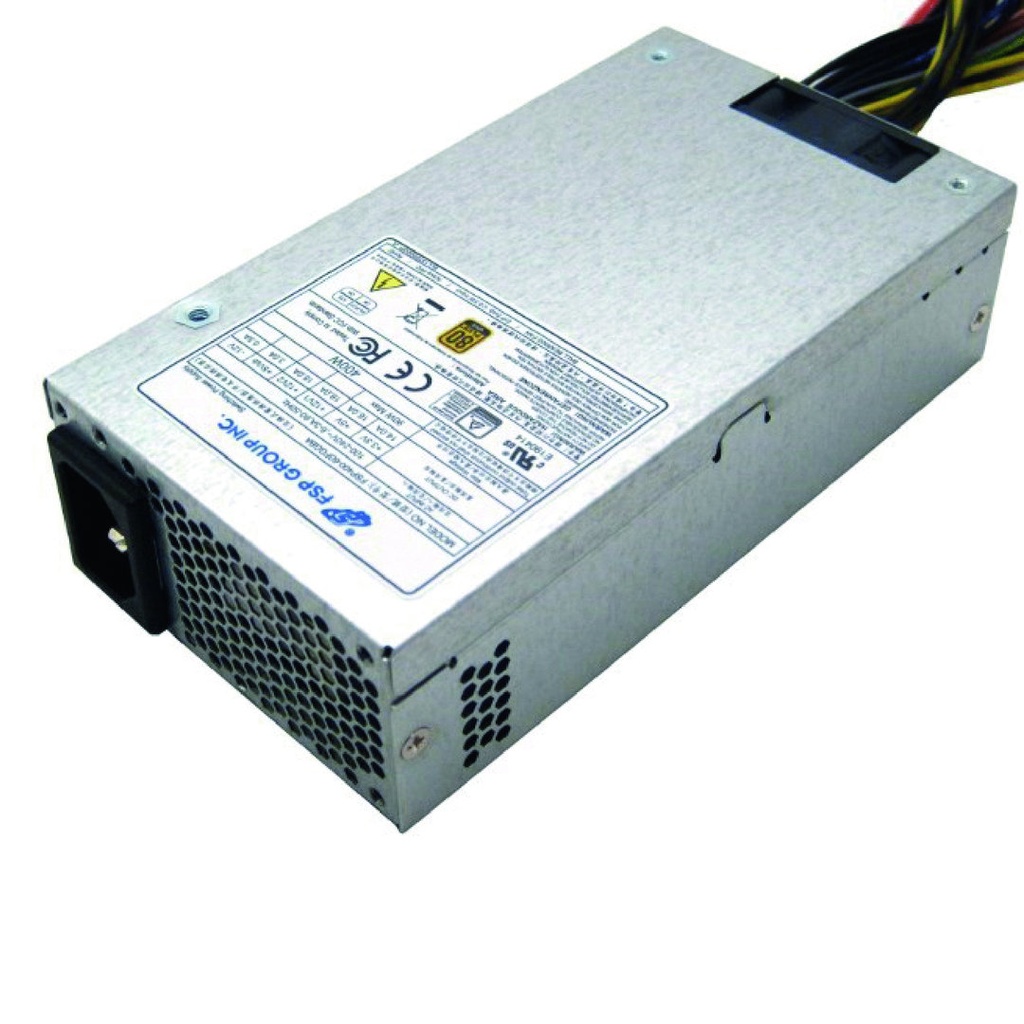
FSP500-50FDB – 500 W Flex ATX
Compact size (150×80×40 mm) · Space-saving builds
Note case/mounting compatibility.
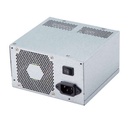
FSP460-70PFL(SK) – 460 W 1U
1U height (44.45 mm) · Rack/server · Stable 24/7 duty
Observe rack/airflow requirements.
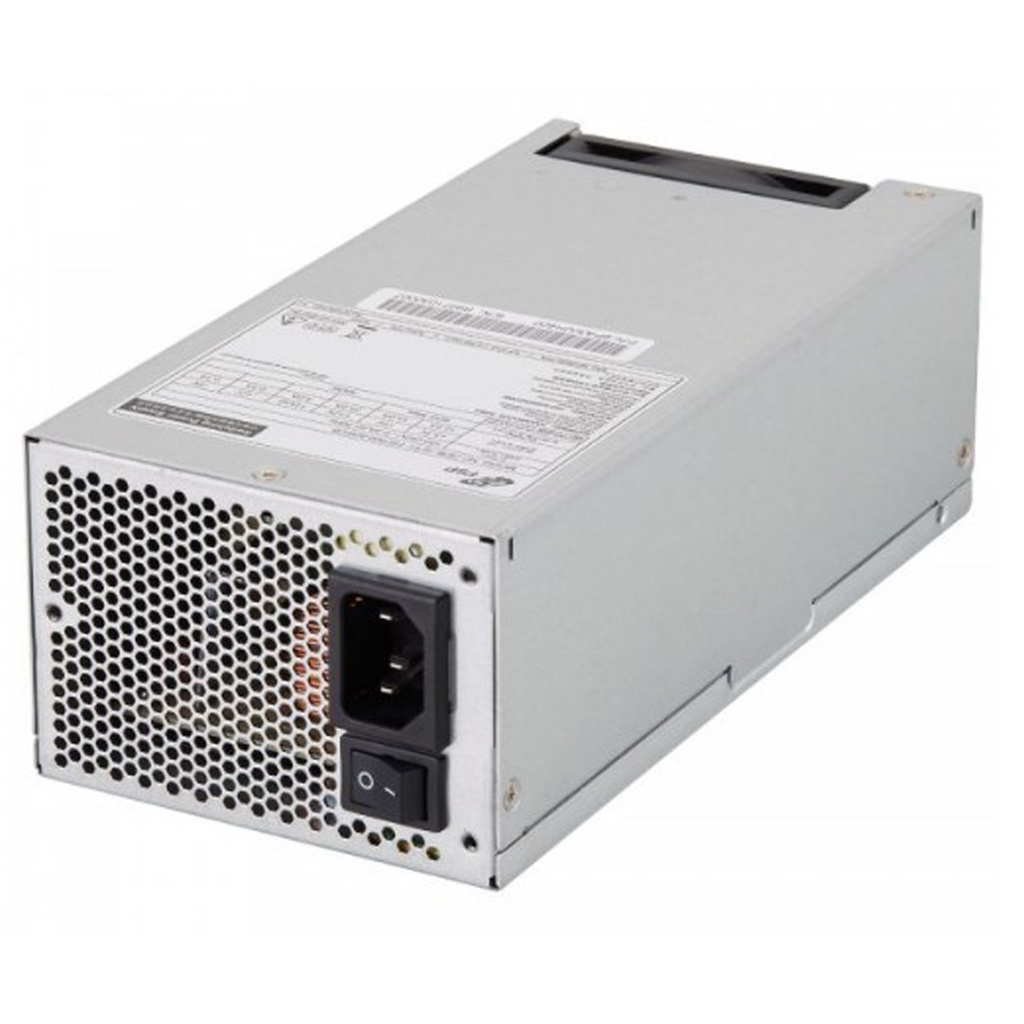
FSP400-50WCB – 400 W 2U
2U rack · Targeted cooling · Industrial use
Check dimensions/installation depth in advance.
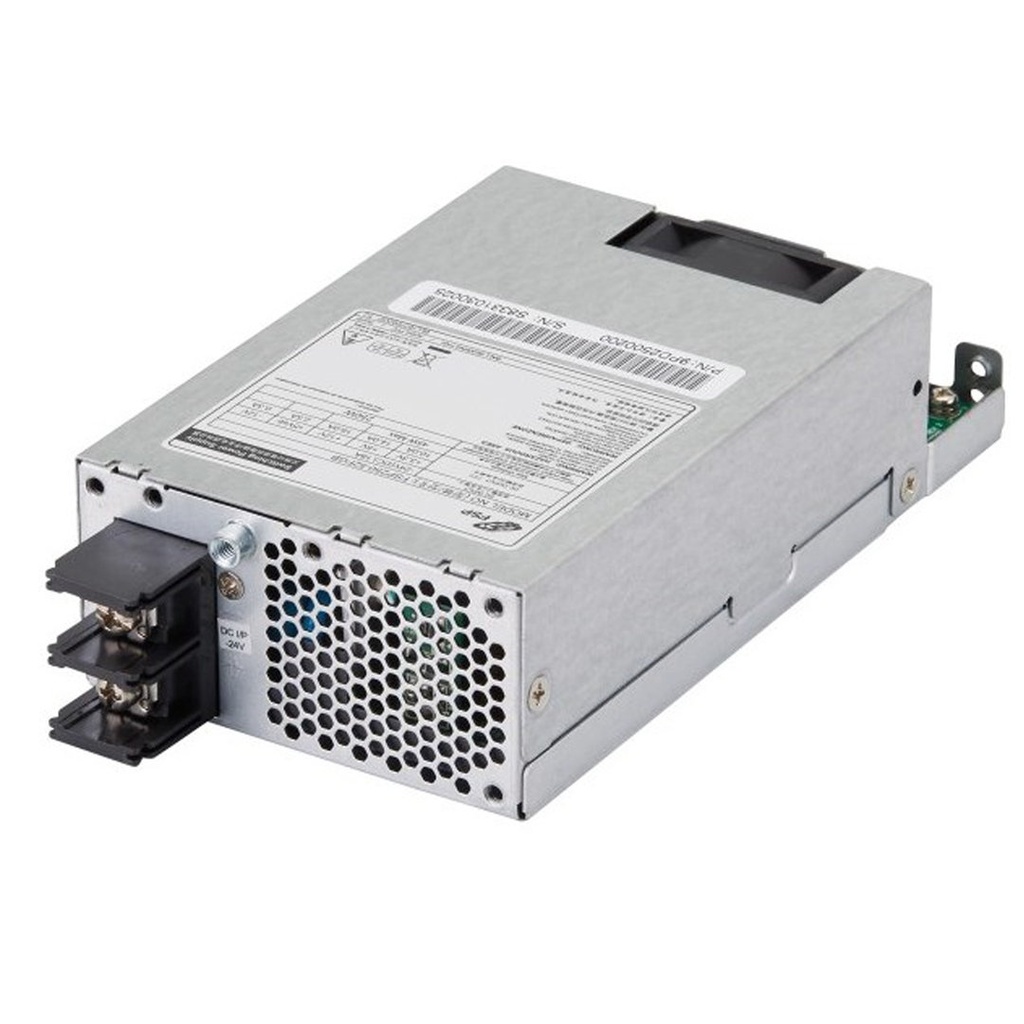
FSP250-52FGB (24 V) – 250 W DC input
DC input (–18 V to –36 V) · IPC/factory automation
Ensure use case & input voltage match.
Understanding Wattage Needs

Accurately estimating wattage ensures you choose the right power range for your setup.
- Avoid large overestimates — excess capacity adds cost without benefit.
- A 350 W PSU (like FSP350-50SAC) efficiently covers many mid-range systems.
In short: size the PSU to your actual needs to stay stable, efficient, and cost-effective.
Once you know how much power you need, efficiency becomes the next key factor.
Efficiency Ratings Explained
AccEfficiency shows how well a PSU converts input power into usable output. Common certifications: Bronze, Silver, Gold, Platinum, Titanium.
- 80 PLUS Bronze: at least 85 % efficiency at typical load.
- Higher tiers reduce electricity use and heat — valuable for energy-intensive or 24/7 systems.
In short: Bronze offers great value for most builds, while Gold and higher ratings benefit high-performance or always-on rigs.
After efficiency, form factor and compatibility determine whether your chosen PSU physically fits the case and system layout.
Form Factors and Compatibility
Match the PSU’s form factor to your case:
- ATX: standard width/height, variable length.
- Flex ATX: compact (150 × 80 × 40 mm) for tight spaces.
- 1U/2U rack-mount: for servers and industrial setups.
Correct sizing prevents fit issues and helps maintain optimal airflow.
Next, let’s review the essential features that define today’s modern power supply designs.
Key Features of Modern ATX Power Supplies
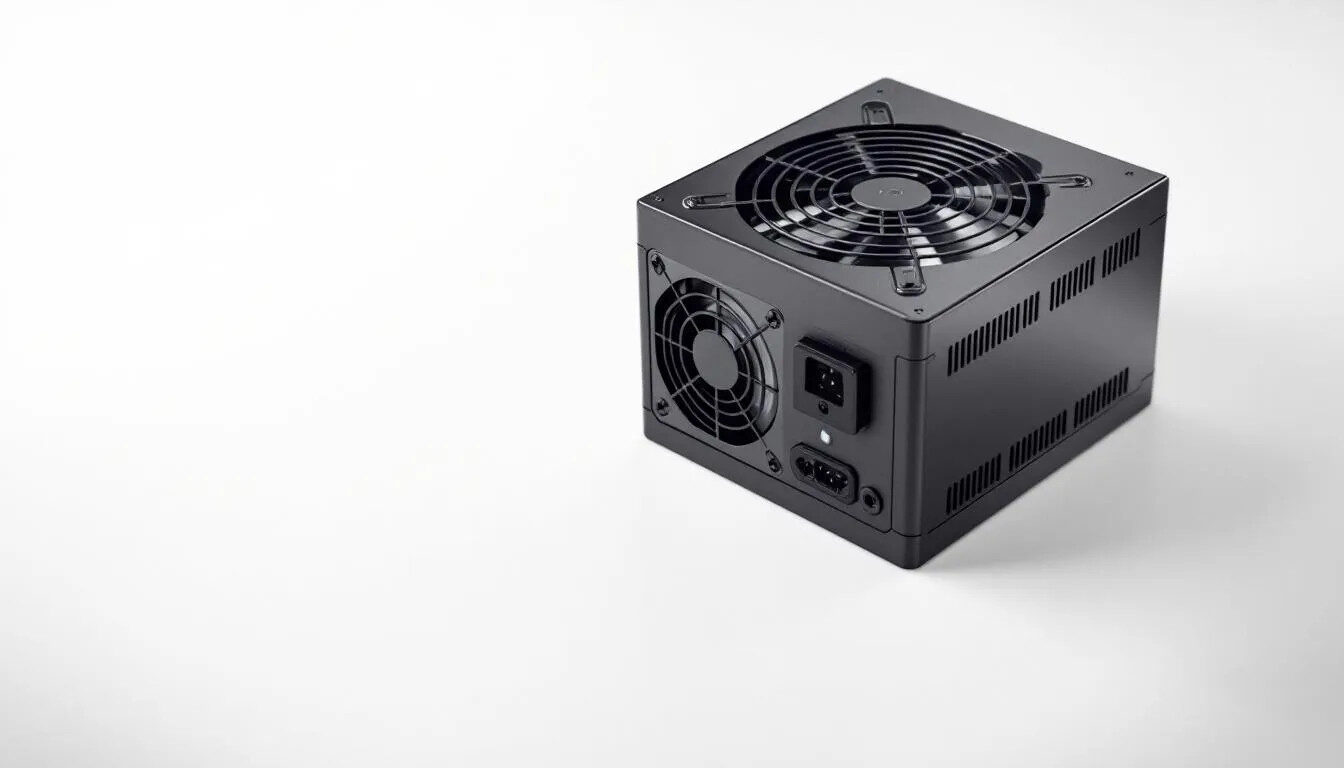
Modern PSUs emphasize:
- Improved thermal design and higher efficiency
- Modular cabling for cleaner layouts
- Enhanced protections (OCP, OVP, OTP, SCP)
- Extended warranties for peace of mind
Manufacturers validate performance through burn-in and Hi-pot insulation tests to ensure long-term reliability.
The type of cabling design also plays a big role in system organization and cooling efficiency.
Modular vs. Non-Modular Cables
- Fully modular: maximum flexibility — connect only what you need.
- Semi-modular: a balanced option between flexibility and simplicity.
- Non-modular: fixed cables that can obstruct airflow.
For most modern systems, modular or semi-modular designs simplify installation and improve airflow.
Efficient cable management goes hand-in-hand with cooling, which is the next major factor in PSU design.
Advanced Cooling Solutions
Models like FSP500-50AAC (120 mm fan) and FSP500-50FDB (40 mm low-noise fan) use optimized thermal management to reduce noise.
Acoustic performance is verified under varying loads, ensuring compliance with sound standards.
Effective cooling supports PSU longevity and keeps the entire system thermally balanced.
Safety and Protection Mechanisms
Quality PSUs integrate multiple hardware protections:
- OCP (Over-Current)
- OVP (Over-Voltage)
- OTP (Over-Temperature)
- SCP (Short-Circuit)
These mechanisms — standard in the cited FSP models — help safeguard valuable hardware and maintain reliable operation.
But how do manufacturers verify such reliability? That’s where testing and evaluation come in.
Testing and Evaluating

Reliable PSUs typically undergo several quality-assurance stages:
- Load testing — checks voltage stability and ripple control.
- Thermal & acoustic testing — confirms quiet, safe operation.
- Long-term reliability testing — ensures durability under stress.
Once you know what defines a trustworthy PSU, the next step is finding good value for your investment.
Where and When to Find the Best PSU Deals
- Sales events: Black Friday, Cyber Monday, and back-to-school periods often bring major discounts.
- Coupons & rebates: Check major retailer sites such as Newegg, Corsair, or Micro Center.
- Refurbished / open-box: Potential 30–50 % savings — always verify warranty coverage.
With pricing in mind, let’s look at what the next generation of ATX power supplies will bring.
Future Trends in ATX Power Supplies
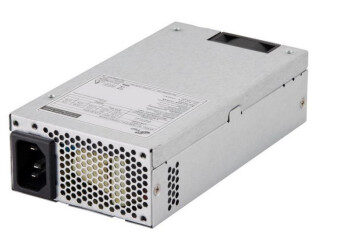
ATX 3.1 Standard — What’s New
ATX 3.1 introduces a 12 ms hold-up time target for better stability and the 12V-2×6 connector for improved GPU power delivery — supporting smoother integration with next-gen hardware.
Increased Efficiency Standards
Manufacturers are continuing to minimize conversion losses, aligning with sustainability goals and lowering total energy costs.
Integration with Smart Systems
Select PSUs now include monitoring and control via software or mobile apps, giving users insight into consumption and performance within smart-home ecosystems.
Summary
The right ATX PSU keeps your system efficient, quiet, and reliable.
From affordable models like the FSP350-50SAC to compact, high-efficiency units such as the FSP500-50FDB, there’s an option for every build.
With ATX 3.1 adoption, higher efficiency, and smart features, 2025 marks a significant leap in power-supply design.
By staying informed and timing your purchase during key sales events, you can secure a future-ready PSU that supports your system for years ahead.
Frequently Asked Questions
How do I determine the right wattage for my build?
Add up the total power draw of all components. For example, a 300 W system pairs efficiently with a 350 W PSU such as the FSP350-50SAC.
What do efficiency ratings mean?
They show how effectively the PSU converts electricity. The models referenced here meet 80 PLUS Bronze (≥ 85 % efficiency at typical load).
What’s the difference between modular and non-modular PSUs?
Modular PSUs let you connect only the necessary cables, improving airflow and build convenience.
When is the best time to buy a power supply?
Major sales events such as Black Friday and Cyber Monday typically offer the lowest prices.
Are refurbished PSUs reliable?
They can be, if tested and certified. Always check warranty terms before purchase.

